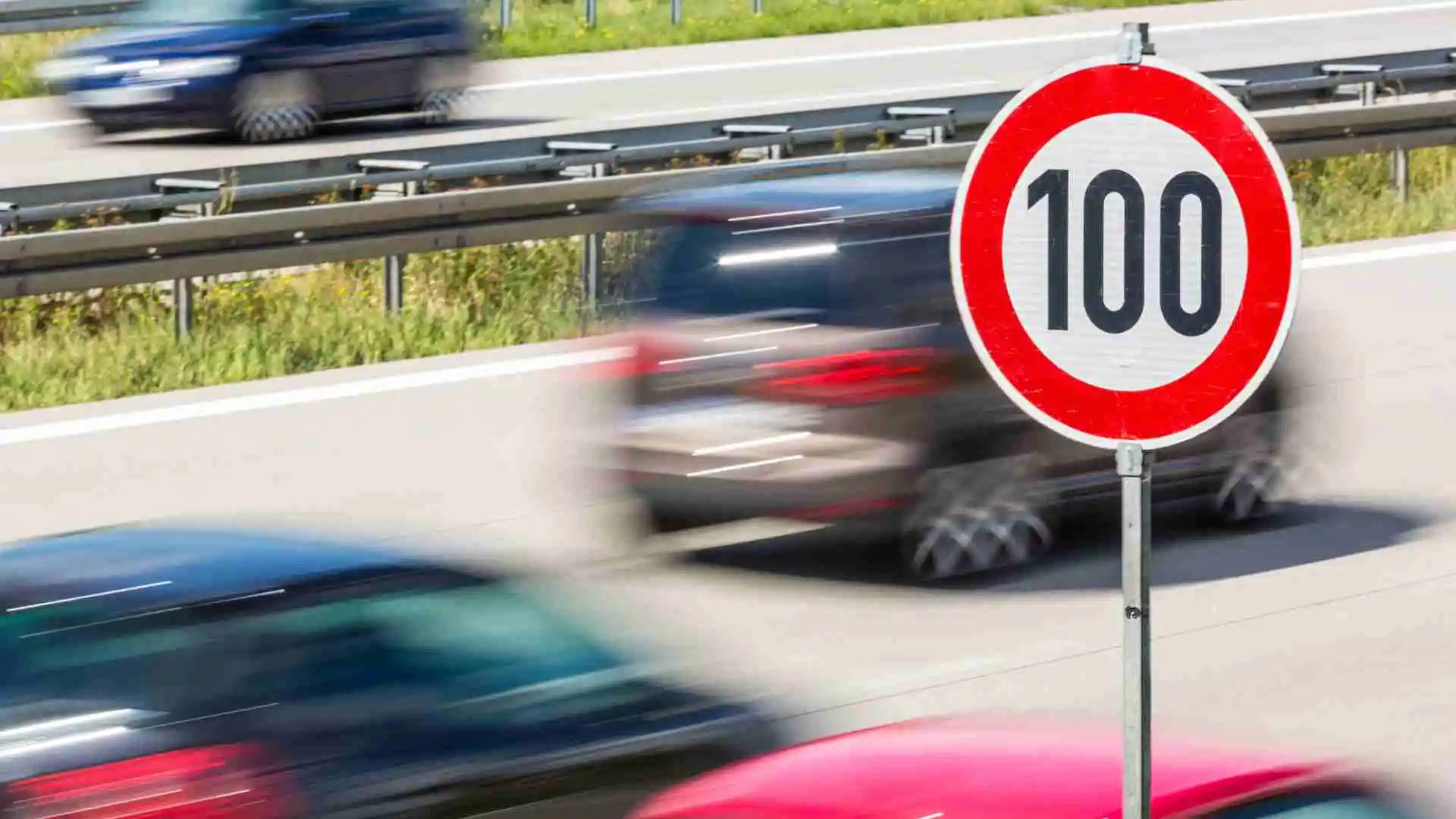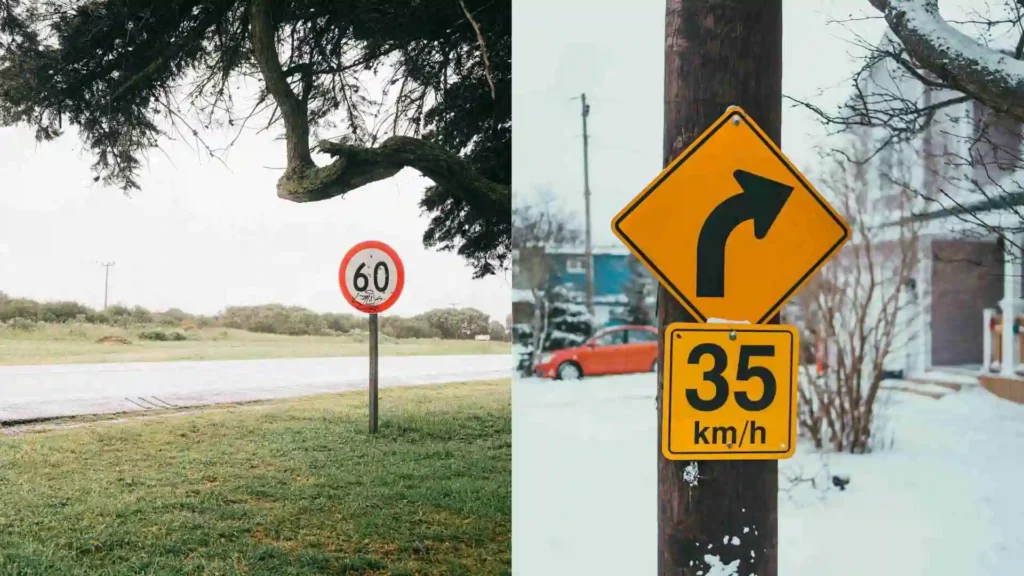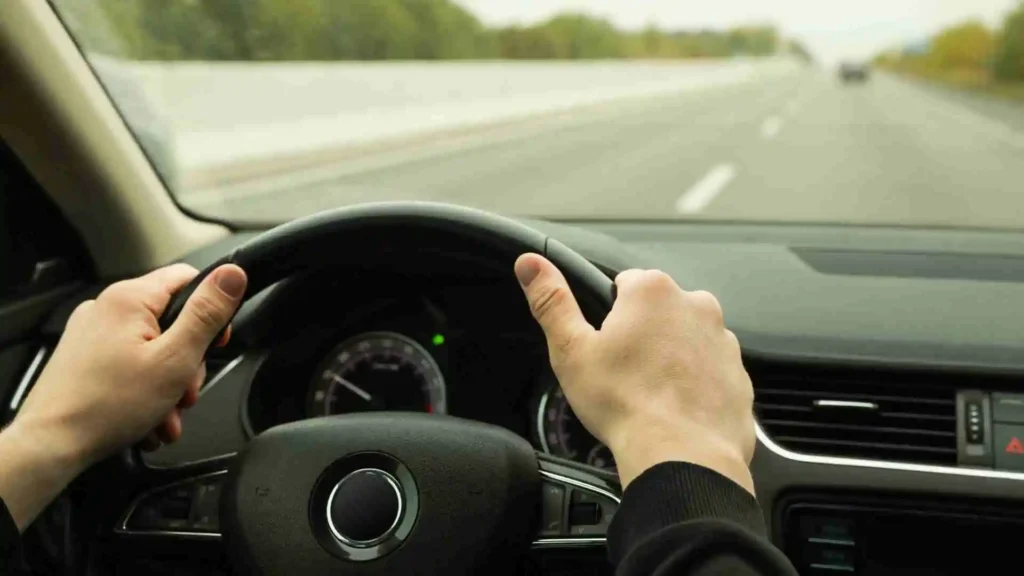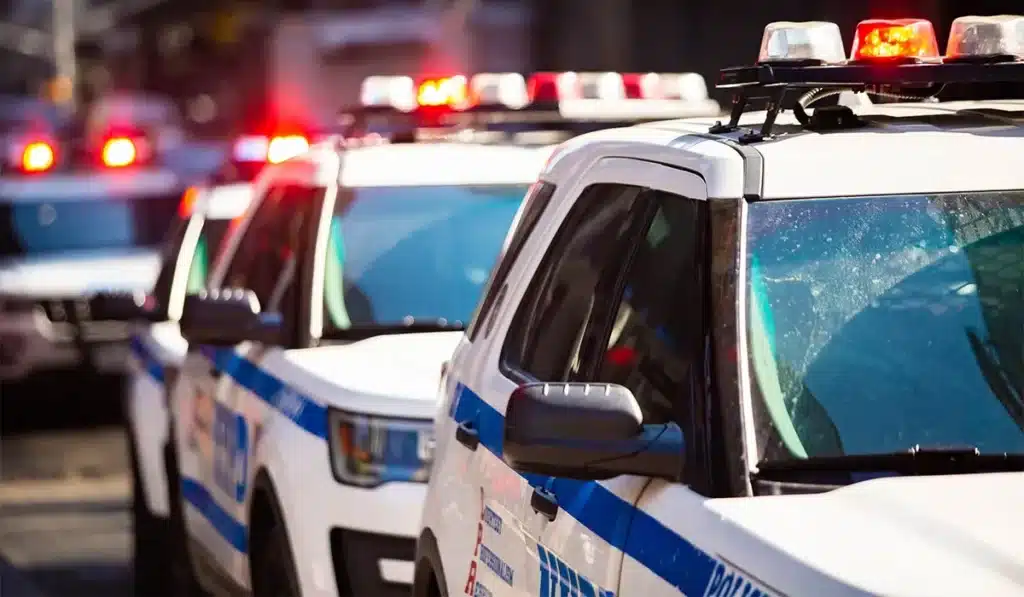Speed Limits Ireland 2025: Updated Rules for Drivers

Road safety is a serious matter In Ireland. And speed limits play a major role. The government is changing many limits in 2025. The changes will apply to roads in rural, urban, and regional areas. Drivers will need to stay aware. This guide will tell you everything you need to know about speed limits Ireland and, specifically, the new speed limits Ireland 2025.
Current Speed Limits in Ireland
Ireland has a fairly straightforward system for speed limits. These limits are allocated according to the type of road.
- 120 km/h on motorway
- 100 km/h on national roads
- 80 km/h on local and regional roads
- 50 km/h in towns and cities
- 30 km/h in some school and residential areas
These are commonly called road speed limits. They are found on round white signs with a black number. The national speed limit Ireland signs display 120, 100, or 80 depending on the road.
Speed limits in Dublin are often lower. In the city centre you might see a 30 or 50 km/h speed limit. These speed limits protect pedestrians and cyclists. In rural areas, the speed limits are often higher but now are under review.
To see the complete list with limits, you can see the speed limits Ireland map on RSA. i.e., it helps drivers know what speed limit applies where.
New Speed Limits Ireland 2025
In 2025, Ireland is reducing many limits. These limits aim to reduce deaths on the road. These limits apply in urban as well as rural areas alike.
The government approved the new speed limits Ireland. Below are the things that will change.
- Default speed in towns: from 50 km/h to 30 km/h
- Local and rural roads: from 80 km/h to 60 km/h
These new limits are designed to support safer streets for all. These new limits align with Vision Zero, a European Union target to eliminate serious road injury or death. Ireland’s aim is to achieve this by 2050.

The plan also includes school zones and residential roads, which will also be reduced to lower limits. This means that drivers are required to stay alert behind the wheel. The speed limit changes are significant and, in effect, almost everywhere.
| Road type | Current Speed Limits | New Speed Limits |
| Motorways | 120 km/h | 120 km/h |
| National roads | 100 km/h | 100 km/h |
| Regional/local roads | 80 km/h | 60 km/h |
| Urban areas/ cities/ towns | 50 km/h | 30 km/h |
| School zones/residential areas | 30 km/h | 30 km/h |
| Dublin city centre | 30 km/h | 30 km/h |
| Minor regional roads | 80 km/h | 60 km/h |
What Roads Are Speed Limits Changing?
The 2025 plan affects many roads. You may wonder, what roads are speed limits changing on?
Here’s the answer:
- Urban residential streets
- Local roads in rural areas
- Roads near schools
- Some minor regional roads
The new Irish speed limits will make many of these roads safer. Areas with high crash rates will see stricter limits first. Local councils are already preparing.
The RSA’s rural speed limit review showed that 80 km/h was too high for narrow rural roads. Now, those roads will drop to 60 km/h. School zones will get 30 km/h by default.
Motorways and major national roads will not change. They will stay at 120 km/h and 100 km/h. But almost all other roads will change.
Drivers should check if their daily routes are affected. This is vital to avoid fines or points.

How to Check Speed Limits on Roads in Ireland
Keeping track is simple. Here are several ways to check the speed limits on roads in Ireland:
1. Look out for the road signs. The signs will clearly show you the speed limits.
2. Use the official map. The speed limits Ireland map is available on the RSA website at RSA.ie
3. Look at your local council website. They would list any changes in speed limits in your area.
4. Use mapping apps. Google Maps and Waze often show real-time speed limits.
5. RSA has a guide to road safety for tourists.
Above all, if you are unsure, just drive slower. The speed signs always take precedence over the default limits. Obeying is vital to saving lives and facing penalties.
Penalties for Breaking Speed Limits
Speeding has consequences, and there are strict rules.
- If you are caught speeding, then you will receive an €80 fine and 3 penalty points.
- Fines will increase if you don’t pay within 28 days.
- Drivers could risk losing their licence after repeated offences.
- Many roads are monitored by speed vans and cameras.
These fines are applicable whether you are a local or a tourist, so check your speed and obey the rules.
Special Cases: Speed Limits in Dublin and Tourists
Dublin has some of the slowest speed limits in Ireland. Most areas in the city centre are 30 km/h zones. This includes the Dublin Port area, which has 30 km/h speeds to help protect pedestrians and cyclists.
Also, tourists driving in Ireland must take caution. If you are hiring a car, ask the rental company about speed limits. Use a GPS or app showing your actual speed to avoid speeding tickets and transfer on top of the rental.
Remember to stick to the speed limit shown on signs and consider traffic rush hours. The RSA page of tour driving (visitors driving) allows tourists travelling in Ireland to know the law and rules of the road.
Public Reaction and Safety Campaigns
Not everyone agrees with the lower limits. Some drivers think they are too slow. Others think the roads are too dangerous for high speeds.
But safety officials support the changes. The RSA and local governments have endorsed the plan. They believe these changes will save lives, especially in rural areas.
Public education campaigns are underway on TV and radio. The purpose is to let the public know about speed limit changes in Ireland. You will see ads, signs on the road, and social media posts which politely request people to slow down.

Conclusion
The speed limits Ireland are changing. These changes start in 2025 and will impact thousands of roads. Slower speeds mean safer streets. See the RSA map. Familiarise yourself with the new limits. If in doubt after doing this, ask your local authorities. Regardless of whether you’re a local or a visitor, follow the signs. The new speed limits for Ireland are here. Let’s make Irish roads safer for everyone.
FAQs
LATEST NEWS
DISCOVER MORE






